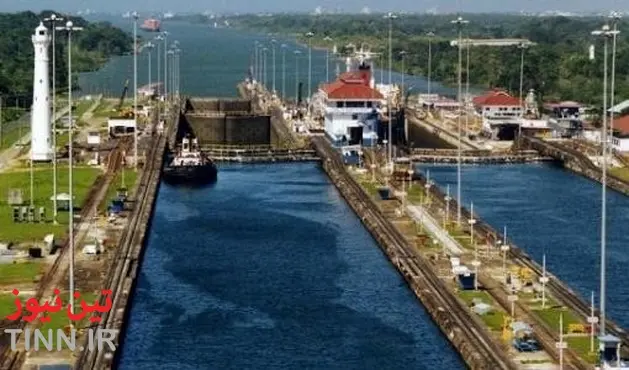|
News Code
70811
Copied
Uncertain Opening Date of Panama Canal Expansion

TIN news: Next week investors and builders will define if filtrations in some chambers of the Panama Canal expansion would compromise its commercial opening in April, 2016, it was announced here.
The work is 95 percent done, but fissures detected in the armed concrete floor of the new canal locks, last August, allow water to leak through, whose final technical report was not yet handed in by contractor Grupo Unidos por el Canal (Gupc), which will execute the repairs.
We have weekly meetings with Gupc, in which they explained the method to be applied, and for now it is prudent for the Authority of the Canal of Panama (ACP), told reporters the Executive Vicepresident of Engineering and Programs of the ACP, Ilya Espino.
The contractor wants to end all these operations in December, but must wait for the necessary analysis because each one of the levels is different, said the engineer.
In her opinion, the failure obeys an error in design because reinforced steel was necessary in that specific area.
Attending to what was found, it was decided to reinforce six of the eight levels of the project, Works that consist in drilling to insert steel bars, she said.
On his part, the representative of Gupc, José Peláez, explained it is still too premature to indicate if the additional work would affect the date of completion of the work.
There was a dispute among the parts when the end-cost of the project increased to 3.4 billion what was originally contracted for three billion 118 million dollars.
The technological originality of the Canal of Panama made it to be included among the seven marvels of civil engineering of the world, recognition of those who for over 100 years have been elevating and descending ships to or from Lake Gatun, that is 27 meters above sea level.
Already in the 21st Century, when knowledge reaches summits never imagined before, the canal locks through which will cross ships of the Post Panamax era (three times bigger) will use in 2016 the same mechanical principle created in 1914, with some variants and rationalities of modern techniques.
The essence of the aggregates is in the sliding lockgates, the recycling water tubs and the crossing of ships with the help of tugs instead of locomotives tugging from land.
The rational use of water, essential element in the waterway operations, find in the recycling tubs the possibility to save up to 60 percent of the liquid that finally goes to sea, with a complex set of valves that act by gravity, under the principle of communicating vessels.
The work is 95 percent done, but fissures detected in the armed concrete floor of the new canal locks, last August, allow water to leak through, whose final technical report was not yet handed in by contractor Grupo Unidos por el Canal (Gupc), which will execute the repairs.
We have weekly meetings with Gupc, in which they explained the method to be applied, and for now it is prudent for the Authority of the Canal of Panama (ACP), told reporters the Executive Vicepresident of Engineering and Programs of the ACP, Ilya Espino.
The contractor wants to end all these operations in December, but must wait for the necessary analysis because each one of the levels is different, said the engineer.
In her opinion, the failure obeys an error in design because reinforced steel was necessary in that specific area.
Attending to what was found, it was decided to reinforce six of the eight levels of the project, Works that consist in drilling to insert steel bars, she said.
On his part, the representative of Gupc, José Peláez, explained it is still too premature to indicate if the additional work would affect the date of completion of the work.
There was a dispute among the parts when the end-cost of the project increased to 3.4 billion what was originally contracted for three billion 118 million dollars.
The technological originality of the Canal of Panama made it to be included among the seven marvels of civil engineering of the world, recognition of those who for over 100 years have been elevating and descending ships to or from Lake Gatun, that is 27 meters above sea level.
Already in the 21st Century, when knowledge reaches summits never imagined before, the canal locks through which will cross ships of the Post Panamax era (three times bigger) will use in 2016 the same mechanical principle created in 1914, with some variants and rationalities of modern techniques.
The essence of the aggregates is in the sliding lockgates, the recycling water tubs and the crossing of ships with the help of tugs instead of locomotives tugging from land.
The rational use of water, essential element in the waterway operations, find in the recycling tubs the possibility to save up to 60 percent of the liquid that finally goes to sea, with a complex set of valves that act by gravity, under the principle of communicating vessels.